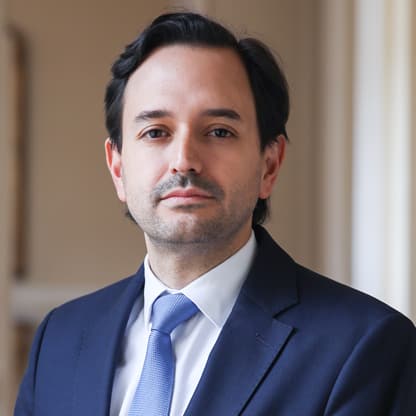Sessions With H.E. Diego Mesa Puyo
Thursday, 12 March
-
07:30am - 08:40am (CST) / -
Reshaping Latin American Power Markets: Cheaper & cleaner
Power & RenewablesThe growing trend toward power mix diversification has created opportunities to unleash the potential of renewables and gas-fired generation in Latin America. Power auctions and corporate power purchase agreements have set the foundation for competitive prices, especially for renewables that capitalized on global cost reductions and efficiency gains to leverage world-class natural resources across the region. The fierce competition in the market and the introduction of new business models will continue to push the power sector toward a greener and cheaper energy mix, but challenges remain. How will the region combine the growing role of intermittent resources, which include the impacts of climate change on hydropower, with the need for additional flexibility and stability?
- Speakers:
- Emanuel Simon
- H.E. Diego Mesa Puyo
- Justin DeAngelis
- Geoff Wright
- Alessandra Amaral

